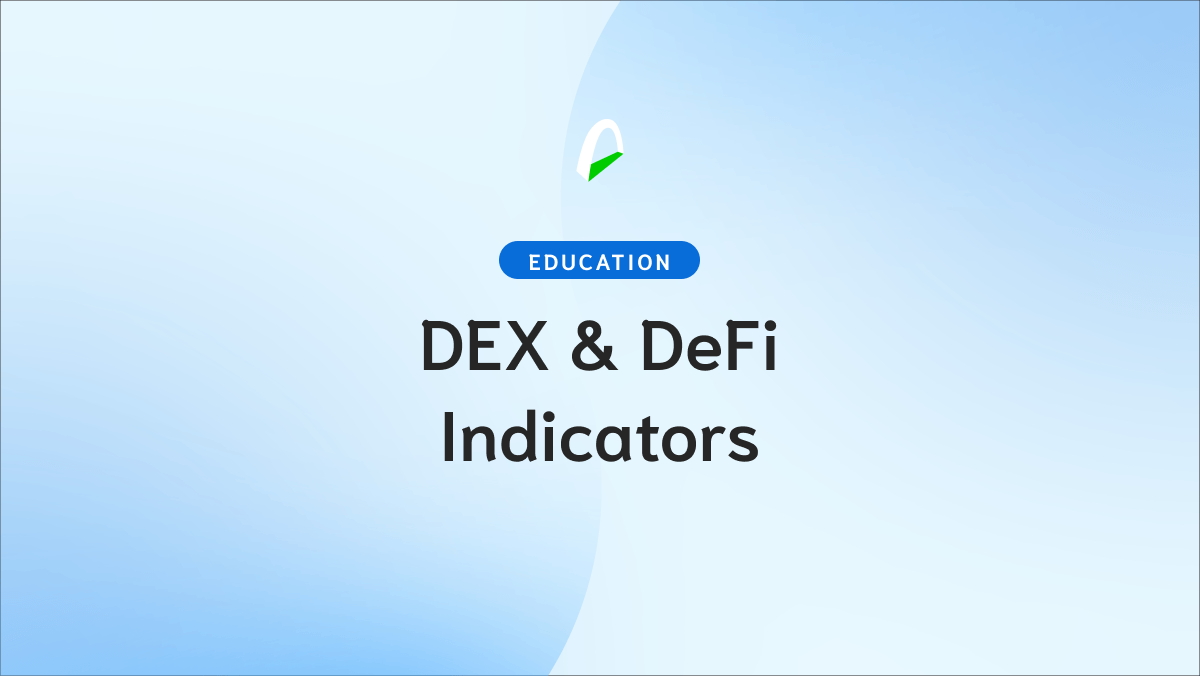As cryptocurrencies gain traction as a viable payment method, more and more investors are turning to digital assets to diversify their portfolios.
Among the many investment options available in this space, DeFi has emerged as an up-and-coming market. If you're seeking an alternative investment opportunity, DeFi is the option to consider.
A Primer on DeFi Investments DeFi, short for decentralized finance, is a blend of "decentralization" and "finance."
It pertains to any investment that employs blockchain technology, smart contracts, and tokenized assets to generate new financial instruments or markets.
Examples of such investments include decentralized exchanges (DEXs), which enable users to buy or sell crypto assets sans intermediaries like centralized exchanges; stablecoins that tie their value to other assets; crypto-securities like digital bonds; subscription models that charge users per use instead of a flat fee; and peer-to-peer lending, where borrowers can borrow directly from individuals who wish to lend their money.
Essential DeFi metrics you should be familiar with
Decentralized Finance (DeFi) is known for its high volatility and many highly valued projects.
As a result, breaking into the space can be daunting, even for experienced investors. Careful analysis is critical in determining which projects are worth investing in and which ones are not.
Key DeFi indicators (KPIs) are metrics used by traders to gauge the success of an investment.
These indicators enable you to make informed decisions about whether to continue investing in a particular asset, so it's essential to understand which KPIs matter most for different types of investments. Below are some critical indicators that you should be familiar with:
Total Value Locked (TVL) in DeFi
Total Value Locked (TVL) refers to the total value of all assets held in DeFi projects. This figure is computed by adding up the value of all collateral and non-collateral tokens locked in DeFi projects.
TVL is the total amount of assets staked within a particular DeFi protocol. It doesn't signify the number of outstanding loans but rather the supply that a specific DeFi application has secured.
Total value Locked is a critical metric used to assess the health of a DeFi protocol, and it can be tracked on various platforms.
Token Supply Held on Exchanges It's essential to keep an eye on the token supply held on exchanges, as it can provide insight into the level of token adoption.
If the token supply increases over time, it indicates a growing number of people using the network, which could result in higher demand for your DeFi products or services.
Checking this metric is particularly important as it can reveal issues that might not be evident by merely looking at the market cap. For instance, if a downturn follows a significant price surge, underlying factors may be behind the trend.
Token balance rrends and movement token holders
Token balance trends and movement token holders are crucial in assessing the DeFi ecosystem's health.
When token balances fluctuate, it indicates token movement and significant changes can signal rising volatility. If large sums are withdrawn from centralized exchanges, whales might accumulate tokens.
However, it's important to note that the total supply doesn't necessarily reflect the number of withdrawals from wallets. It's also essential to examine the token's balance movements on exchanges.
For instance, assume a token has a total supply of 100, and 50 tokens are in circulation, trading at $1, giving a market capitalization of $50.
If ten tokens are withdrawn from wallets and sent to the exchange, the total supply stays at 100, but the circulating supply increases to 60.
The market capitalization rises to $60. However, if the token price drops to $0.50, the market capitalization decreases to $30.
Therefore, it's crucial to consider both the total supply and balance movements when analyzing a token.
This helps determine the token's demand and whether it's trading at a fair price.
Inflation rate
The inflation rate is a crucial metric that measures the decrease in the purchasing power of your investment over time.
Inflation occurs when there is a general increase in the price levels of goods, services, and currencies due to continued economic growth and an increase in the money supply.
Understanding the inflation rate is essential for investors as it helps them assess how much value their investment will lose over time, which can impact their investment decisions. In the DeFi space, monitoring the inflation rate is also critical.
While some assets may have a limited supply initially, new tokens may be created over time, increasing the supply and potentially leading to inflation. While inflation may not necessarily harm investors, excessive inflation can negatively impact returns.
Therefore, when analyzing other indicators, it's essential to consider the effects of inflation.
Top DEX indicators: DEX TVL
Total Value Locked (TVL) in DEX is critical metric investors, and analysts use to evaluate decentralized exchanges.
It refers to the total value of digital assets stored in the smart contracts of a DEX, specifically in liquidity pools that enable trading.
How can DEX TVL be utilized? DEX TVL is a valuable gauge of activity within a decentralized exchange (DEX).
When paired with Trade Volume, it becomes a crucial metric for determining investors' enthusiasm for a specific protocol. A surge in TVL usually aligns with releasing a new liquidity mining initiative or product launch.
Calculating DEX TVL
To calculate DEX TVL, different data platforms may use their unique methods, leading to discrepancies in reported TVL.
However, the most common calculation method involves multiplying the total number of tokens in liquidity pools by their respective market prices and then summing up the values.
Most data platforms typically use this formula to calculate DEX TVL:
sum(Pool Token Count X Token Price) = DEX TVL
Other important DEX indicators:
- User count
- Trade volume
- Daily trade count
- Protocol fees
- New users
Once you are familiar with these indicators, you will be equipped with a better understanding of the performance and progress of DeFi projects.
Refer to this guide as you evaluate your investment decisions and conduct a thorough analysis before trading any asset.






